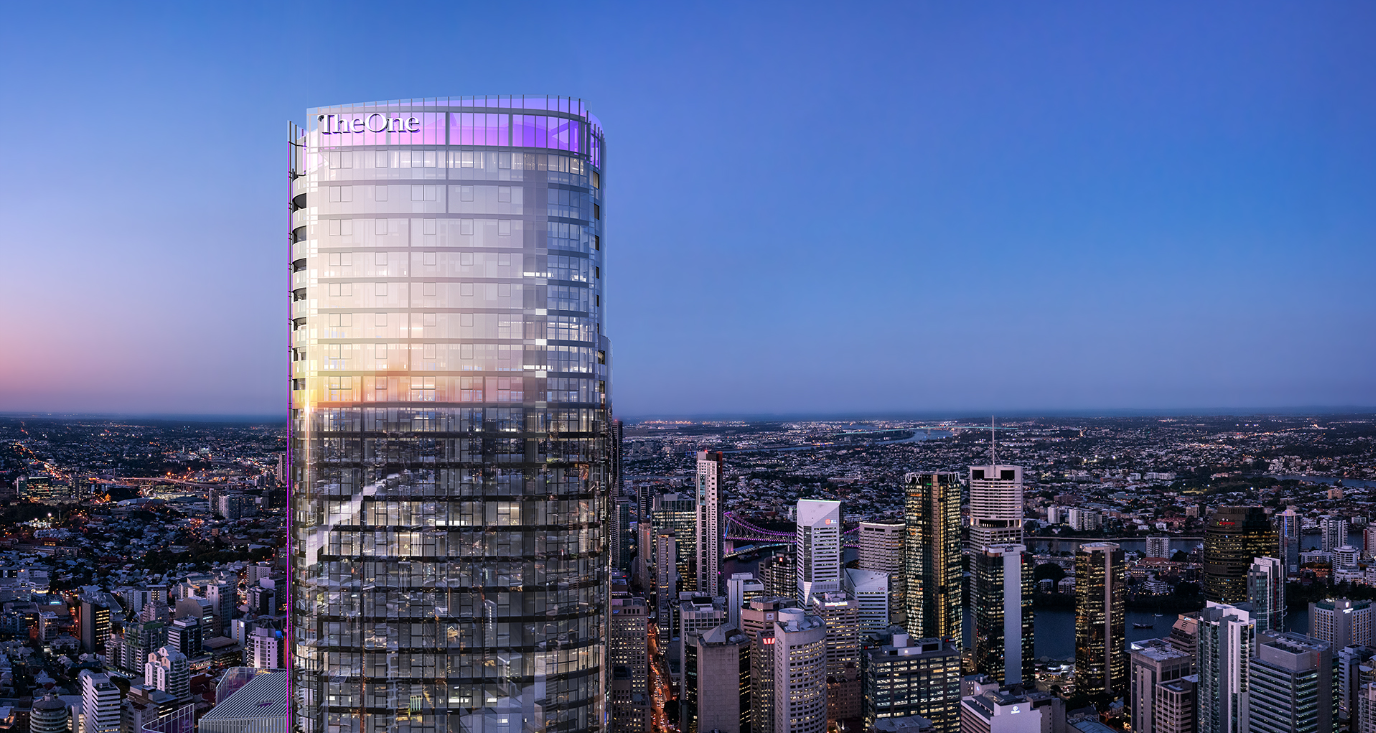

The story of oversupply and mixed performance in Brisbane apartments has been the hot topic for the last couple of years. Despite currently sitting at similar value levels to 2007 — 11.5% below the 2010 peak — CoreLogic’s head of Australian research Eliza Owen is predicting that the story is changing.
Before we go much further, it’s worth noting that this story over oversupply is very much apartment-centric. Houses have seen quite strong capital growth across the last couple of years, excepting the cyclical downturn over part of 2019. In the previous trough-to-trough cycle that lasted between 2012 and 2019, annual house value growth outperformed unit growth by an average of 290 basis points — far above the average of 130 basis points. In fact, houses are expected to go from strength to strength throughout 2020, and are already showing a strong bounce back from the lows of last year.
In other words, the past cycle saw apartments significantly “under-perform” relative to housing stock in Brisbane. The rolling annual growth figure shows that unit values have declined or remained stagmet since July 2016.

If you are considering buying an apartment in Brisbane this may sat first seem concerning, however there are now emerging some very strong positive signs for the Brisbane market. In 2016 units were being built across Brisbane at an unprecedented level. Australian Bureau of Statistics completion data suggests 21,342 units were completed, against a historic average of 11,585 per year. In the December 2016 quarter, the number of unit completions even eclipsed the number of houses delivered across the state. This is very rarely seen in the Queensland market, and Ms. Owen says that “it is difficult to understand the exact impact this supply has on the Brisbane unit market, given that ABS completions data is currently unavailable beyond a state level on a quarterly basis.”
She went on to note that about 75% of state-wide unit construction was centered within the greater Brisbane metro region.
Since about 2015, apartment approvals have been dropping in response to the slowing market. This can be seen in the above graph when you consider the lag between approvals and when stock is actually delivered to the market, partially explaining the consistent dip (when considered in conjunction with the fact that property moves in a cyclical nature). The latest quarter of data shows approvals are 46 per cent below the decade average of approvals. This means the delivery of new units across Queensland is likely to be subdued over 2020. Corelogic project data suggests unit completions across Brisbane over 2020 will average about 4,000 per quarter, reflecting the long-term average.
However, we would be remiss to only look at one side of the story. Another important factor to consider is population growth and its affect. The figure below shows “housing demand” relative to completions across Queensland. Housing demand represents the number of dwellings needed to accommodate additions to population at each quarter, divided by household density of 2.6. The housing demand is presented as a rolling annual average. Future housing demand is also estimated based on the Queensland government “median” scenario of population projections, suggesting about 8,000 dwellings are required to house the growing population each quarter to June 2021.
There has been a growing convergence between the number of dwellings required and supplied since the start of 2018.

With approvals data suggesting a decline in construction, and steady estimates of population growth, Queensland dwellings may fall into undersupply in the year ahead. Rental yields are also well above the capital city average at 5.3 per cent gross, meaning there could also soon be a turning point in investor demand. This is a positive outlook, and one investors in particular should take note of as it may be ideal to get into the market now rather than later in the year. This fits in with a more broad-based recovery, as reductions in the cash rate have reduced the cost of servicing debt, and increased incentive to purchase property. The recent HTW property clock report had Brisbane apartments at the bottom of the market, further supporting this conclusion.
However, one unknown in this analysis would be projects that have stalled due to falling unit values in the past few years. If these re-commence, added supply could once again weigh down growth.
The turnaround in the supply-demand dynamic is already being seen in unit values. Since bottoming out in June 2019, Corelogic indices show the Brisbane unit market has recovered 2.2%.
This research was adapted from an article written by Eliza Owen, Corelogic’s head of Australian research. To read the original article please click here.
We would love to hear your thoughts on this project.
Have you visited this project recently, or perhaps you live nearby or bought in a neighbouring building? Tell us what you love about this project, or perhaps what you don't.